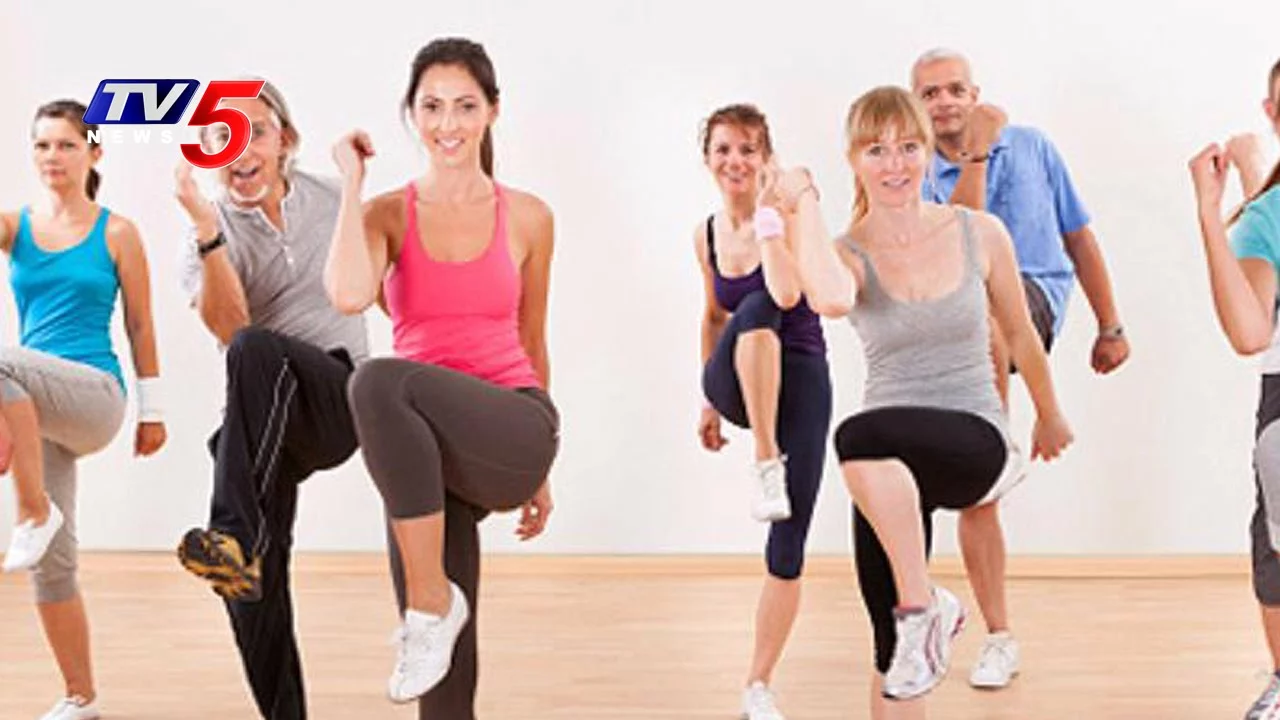Aerobic Exercise: Why It Matters and How to Start
Ever wonder why jogging, bike rides, or a quick spin on the trainer feels so good? That’s aerobic exercise at work. It gets your heart pumping, lungs breathing harder, and muscles burning fuel. In plain terms, any activity that keeps you moving for at least ten minutes and raises your heartbeat counts as cardio.
When you do cardio, you’re not just burning calories in the moment. Your body becomes more efficient at using oxygen, which means you’ll tire slower in daily tasks and feel less winded climbing stairs. Over time, regular aerobic workouts lower blood pressure, improve cholesterol, and cut the risk of heart disease. They also release endorphins – the natural mood‑boosters that make you feel upbeat after a run or a bike commute.
Simple Ways to Add Cardio to Your Day
You don’t need a fancy gym membership to reap the benefits. Here are three easy habits you can slip into a busy schedule:
- Walk or jog to work. If your office is a mile or two away, try walking briskly or jogging part of the way. Even a 20‑minute jog can torch about 300 calories for a 160‑pound person.
- Bike the commute. Swapping a car ride for a bike saves fuel, reduces stress, and boosts cardiovascular fitness. A 30‑minute bike ride burns roughly 250 calories and improves lung capacity.
- Take active breaks. Set a timer to stand up every hour and do a quick set of jumping jacks or march in place for two minutes. Those micro‑sessions add up and keep your heart rate steady throughout the day.
All three options fit under the aerobic umbrella and need only a bit of preparation – a pair of shoes, a bike, or a willingness to move.
Common Mistakes to Avoid
Starting a cardio routine is exciting, but a few slip‑ups can stall progress. First, don’t expect instant weight loss. Your body may initially retain water as it adjusts, so focus on how you feel rather than the scale. Second, avoid pushing too hard, too fast. Trying to sprint for 30 minutes when you’re used to a leisurely walk can lead to soreness or injury. Aim for a conversational pace; if you can chat without gasping, you’re in the right zone.
Third, mix up the activities. Doing only one type of cardio can become boring and stress the same joints. Alternate jogging with cycling, or swap a bike ride for a brisk walk on rainy days. Variety keeps motivation high and spreads the load across different muscle groups.
Lastly, remember to warm up and cool down. A five‑minute walk before jogging and a gentle stretch after a bike ride improve flexibility and reduce the chance of cramps.
Whether you’re chasing a faster 5K time, trying to shed a few pounds, or just want a happier mood, aerobic exercise is a simple, low‑cost tool that fits most lifestyles. Pick a habit, stick with it for a month, and notice the change in energy, stamina, and overall wellbeing.



